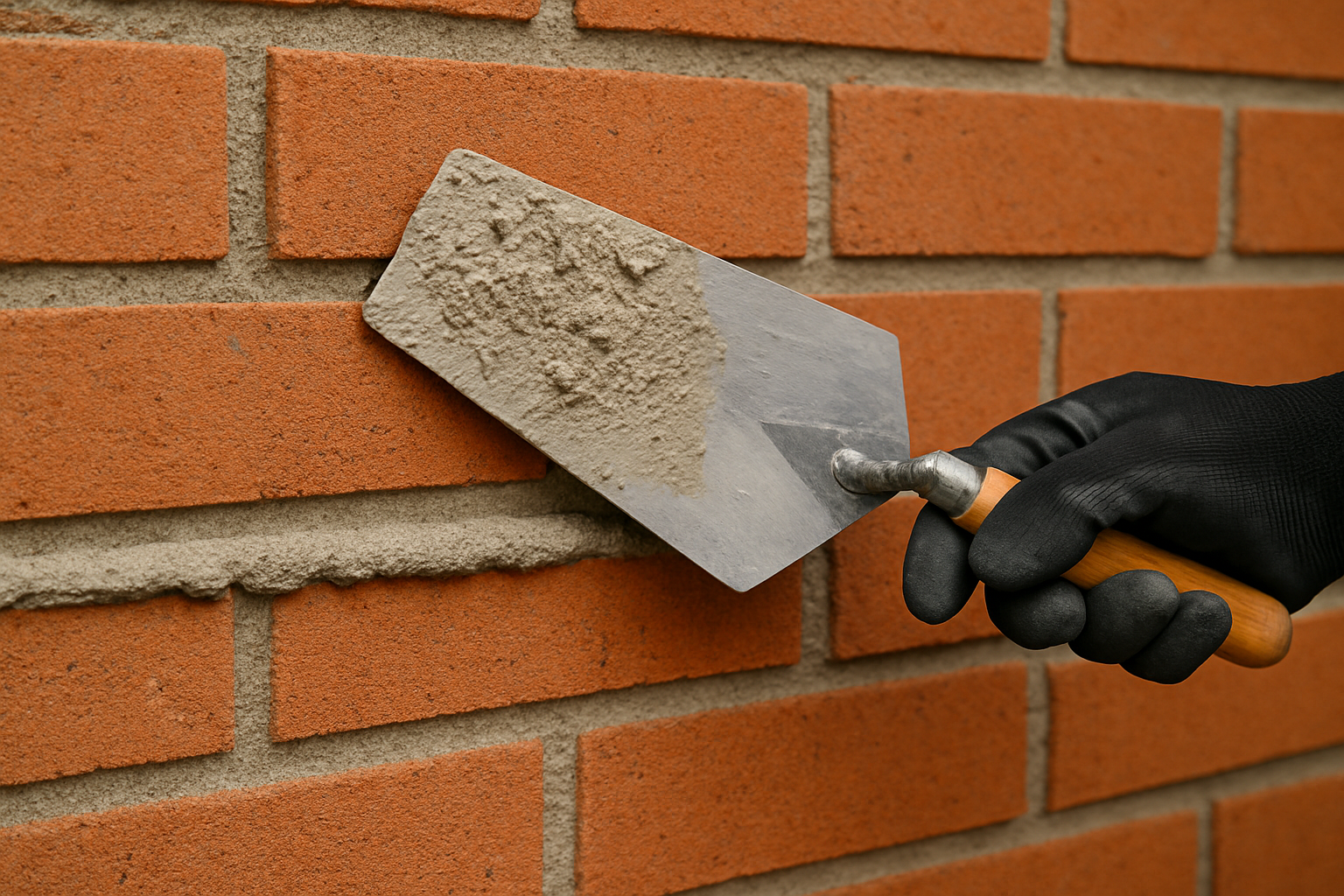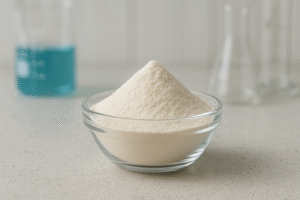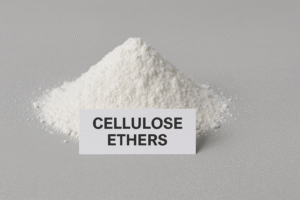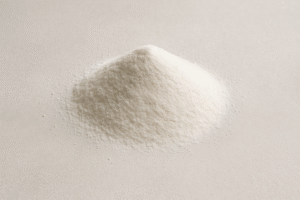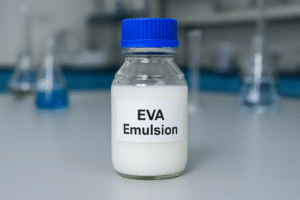Poor mortar adhesion1 causes cracks, detachments, and costly repairs. I've seen countless projects fail because of this simple but critical issue that wastes time and money for contractors and clients alike.
To make mortar stick better, use clean surfaces, proper mixing ratios, quality cellulose additives like HPMC, maintain ideal temperature conditions (50-90°F), and ensure sufficient curing time. These steps prevent common adhesion failures and improve overall mortar performance.
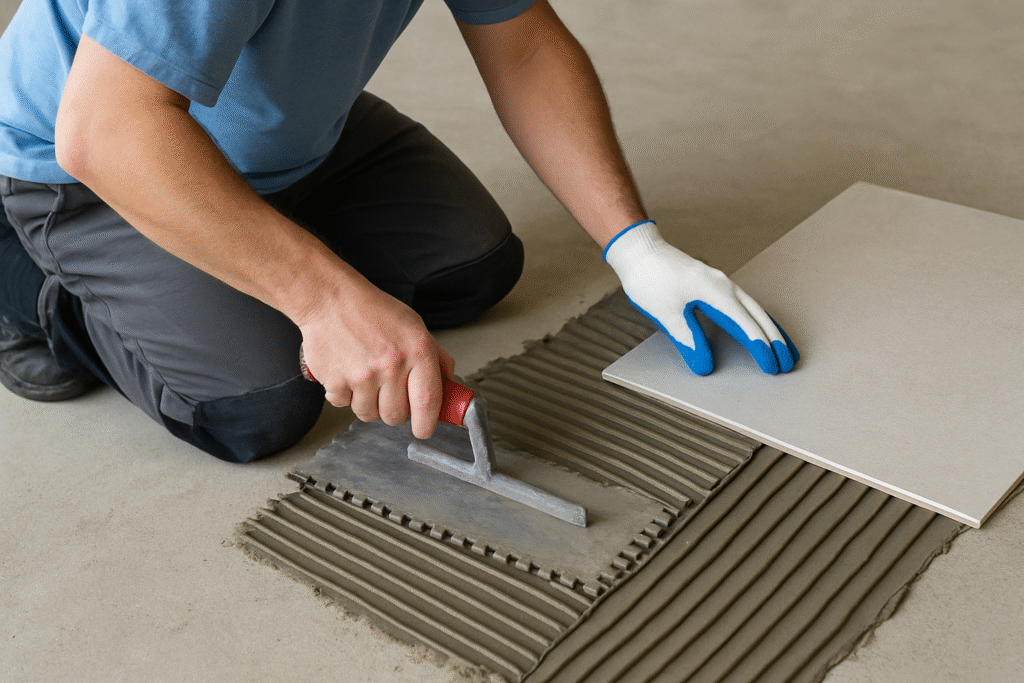
After decades in the construction chemicals industry, I've learned that strong mortar adhesion1 is the foundation of durable construction. Let me walk you through the most important factors that can turn a failing project into a successful one.
What Are Common Problems That Stop Mortar from Sticking?
Customers call me weekly about mortar that won't stick properly. Their frustration is clear - projects are delayed, materials wasted, and reputations damaged because of basic adhesion issues that could have been prevented.
Common mortar adhesion problems include dusty or contaminated surfaces, improper water-to-mortar ratios, low-quality binding additives, extreme temperature conditions during application, and insufficient curing time. These factors interfere with the chemical bonding process.
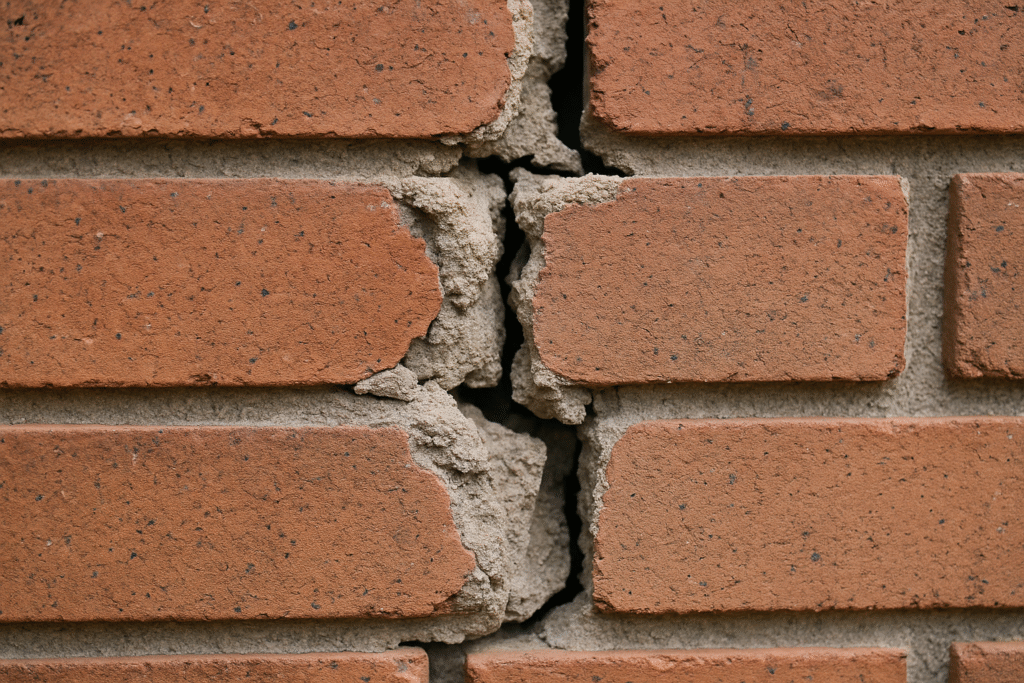
Let's look deeper at why these problems happen and how to avoid them:
Surface Preparation Issues
Surface preparation is often overlooked but critically important. I remember visiting a large project in Saudi Arabia where the contractor couldn't understand why their tile work kept failing. The problem was obvious to me - they were applying mortar to dusty walls in windy conditions.
Surface dust creates a barrier between the mortar and the substrate. Think of it like trying to stick tape to a dusty surface - it simply won't hold. Similarly, oil, grease, or other contaminants prevent proper bonding.
Common Surface Contaminants
| Contaminant | Effect on Adhesion | Solution |
|---|---|---|
| Dust | Creates barrier layer | Clean with brush and water |
| Oil/Grease | Prevents chemical bonding | Degrease with appropriate cleaners |
| Previous finishes | Blocks porosity | Roughen surface or use bonding agent |
| Efflorescence | Disrupts chemical adhesion | Acid wash followed by neutralization |
Water absorption is another crucial factor. Highly absorbent surfaces (like dry concrete or clay brick) can pull moisture from the mortar too quickly, while non-absorbent surfaces (like dense stone or certain tiles) may not allow proper mechanical bonding.
How to Make Mortar Stick Better?
I once watched a contractor struggle with mortar that kept falling off a wall. When I suggested adding quality HPMC cellulose2, his team's productivity doubled the next day. Small changes in mixing and application make huge differences.
To improve mortar adhesion, first ensure proper surface preparation by cleaning thoroughly and dampening absorbent surfaces. Then use quality binding additives like hydroxypropyl methylcellulose (HPMC), maintain correct water ratios, and apply with appropriate pressure using the right technique.
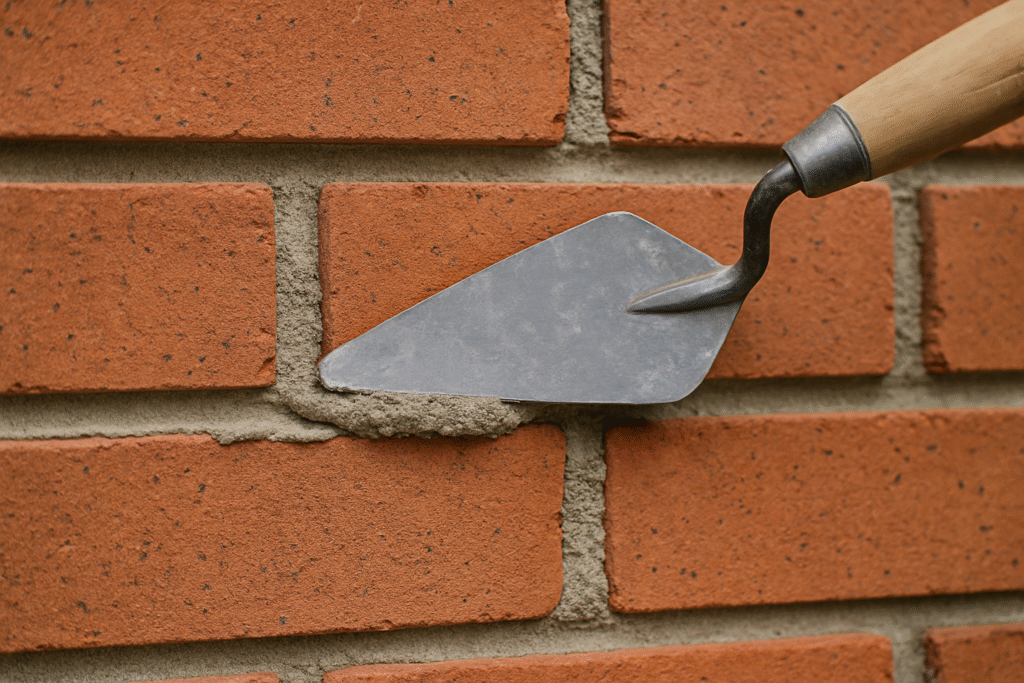
The science behind mortar adhesion involves both mechanical and chemical bonding processes. Let's break down how to optimize both:
Choosing Quality Additives
The right additives transform ordinary mortar into a high-performance building material. Hydroxypropyl methylcellulose (HPMC) is particularly effective because it:
- Improves water retention, allowing cement particles time to fully hydrate
- Enhances thixotropic properties, meaning the mortar stays where you put it
- Increases open time, giving workers more flexibility during application
- Creates stronger polymer bridges between the substrate and mortar
In my factory, we produce specialized HPMC formulations for different climate conditions and applications. For hot, dry regions like the Middle East, we adjust water retention properties accordingly. For cold regions, we modify set times to compensate for slower chemical reactions.
The dosage is equally important - too little additive won't provide sufficient benefits, while too much can actually reduce strength by trapping excess air or water. Our standard recommendation is 0.2-0.5% by weight of dry mortar, but this varies based on specific conditions.
Additive Comparison for Mortar Adhesion
| Additive Type | Water Retention | Open Time | Slip Resistance | Cost Efficiency |
|---|---|---|---|---|
| Standard HPMC | Good | Good | Moderate | High |
| Modified HPMC | Excellent | Excellent | Good | Moderate |
| Redispersible Polymer | Good | Moderate | Excellent | Low |
| Cellulose + Polymer | Excellent | Excellent | Excellent | Moderate |
What Are Tips for Maintaining Optimal Conditions?
Last summer, I visited a job site where mortar was being applied in 95°F heat. The product was drying before proper adhesion could develop. After recommending schedule changes and proper additives, their failure rate dropped from 40% to under 5%.
To maintain optimal conditions for mortar adhesion, work between 50-90°F (10-32°C), shield fresh applications from direct sun and wind, maintain 70-90% humidity during curing, and avoid vibration or movement during the critical first 24 hours of setting.
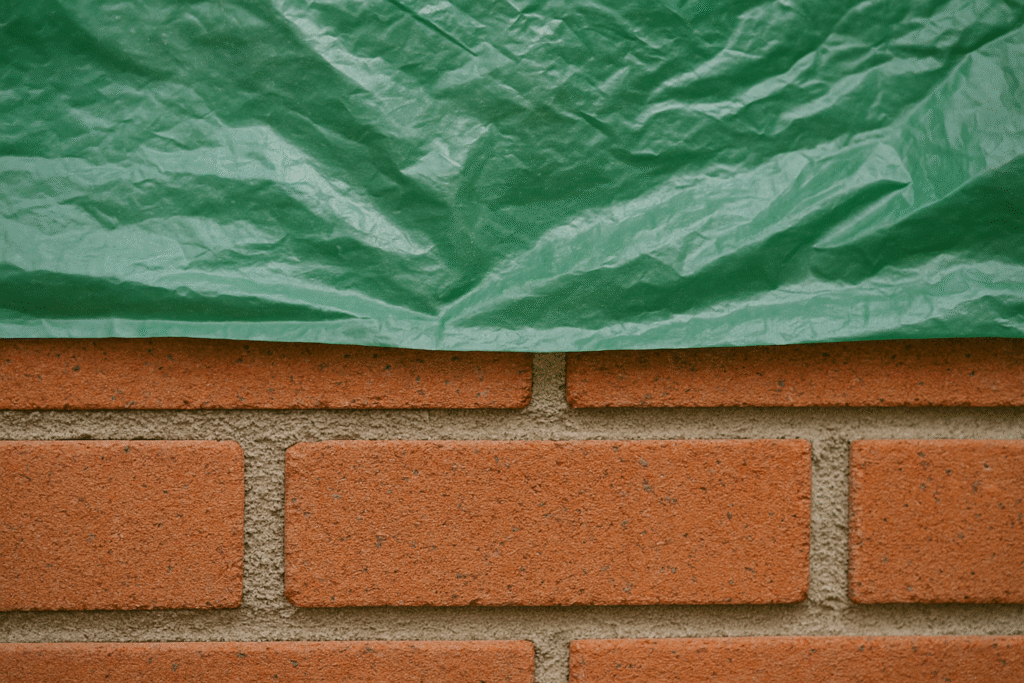
Environmental factors significantly impact mortar performance. Here's a comprehensive approach to maintaining ideal conditions:
Temperature and Humidity Management
Temperature affects both the chemical reactions in mortar and its working properties. At high temperatures, mortar sets too quickly, leaving insufficient time for proper adhesion. At low temperatures, setting slows dramatically, increasing the risk of freeze damage.
I recommend using warm water (not hot) in cold conditions and cool water in hot conditions to moderate mix temperature. Additionally, using insulating blankets in cold weather and sun shades in hot weather helps maintain consistent curing temperatures.
Humidity control is equally important but often overlooked. In dry conditions (below 50% relative humidity), misting the environment or covering mortar with plastic sheeting prevents premature water loss. In excessively humid conditions, ensuring adequate ventilation prevents prolonged setting times.
Timing application according to daily temperature cycles can also help. In desert climates, early morning application takes advantage of cooler temperatures. In humid tropical areas, midday application when humidity is lowest may be preferable.
Environmental Impact on Mortar Setting
| Condition | Impact | Mitigation Strategy |
|---|---|---|
| High Temperature (>90°F) | Rapid water loss, insufficient hydration | Work early/late, use ice water in mix, add water retention agents |
| Low Temperature (<50°F) | Slow setting, risk of freezing | Use warm water, insulating blankets, extended curing protection |
| High Humidity (>90%) | Slow drying, possible strength reduction | Ensure adequate ventilation, adjust water content downward |
| Low Humidity (<40%) | Rapid water loss, shrinkage cracking | Mist surface, use curing compounds, cover with plastic sheeting |
| Wind Exposure | Uneven drying, surface crusting | Use windbreaks, cover with burlap, increase water retention additives |
Conclusion
Making mortar stick better requires attention to surface preparation, quality additives, proper mixing, and environmental control. By understanding these factors, you'll achieve stronger, more durable bonds that stand the test of time.

